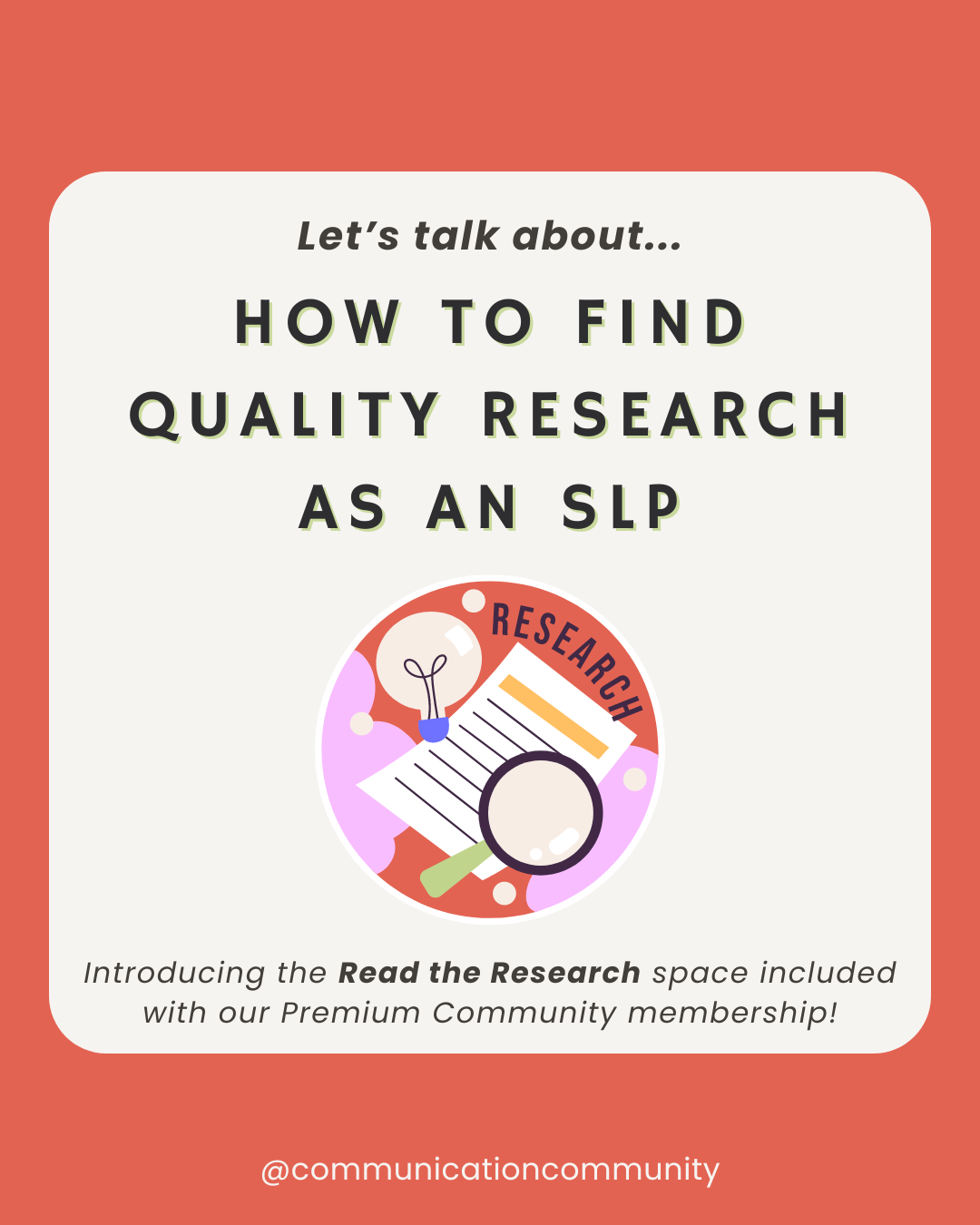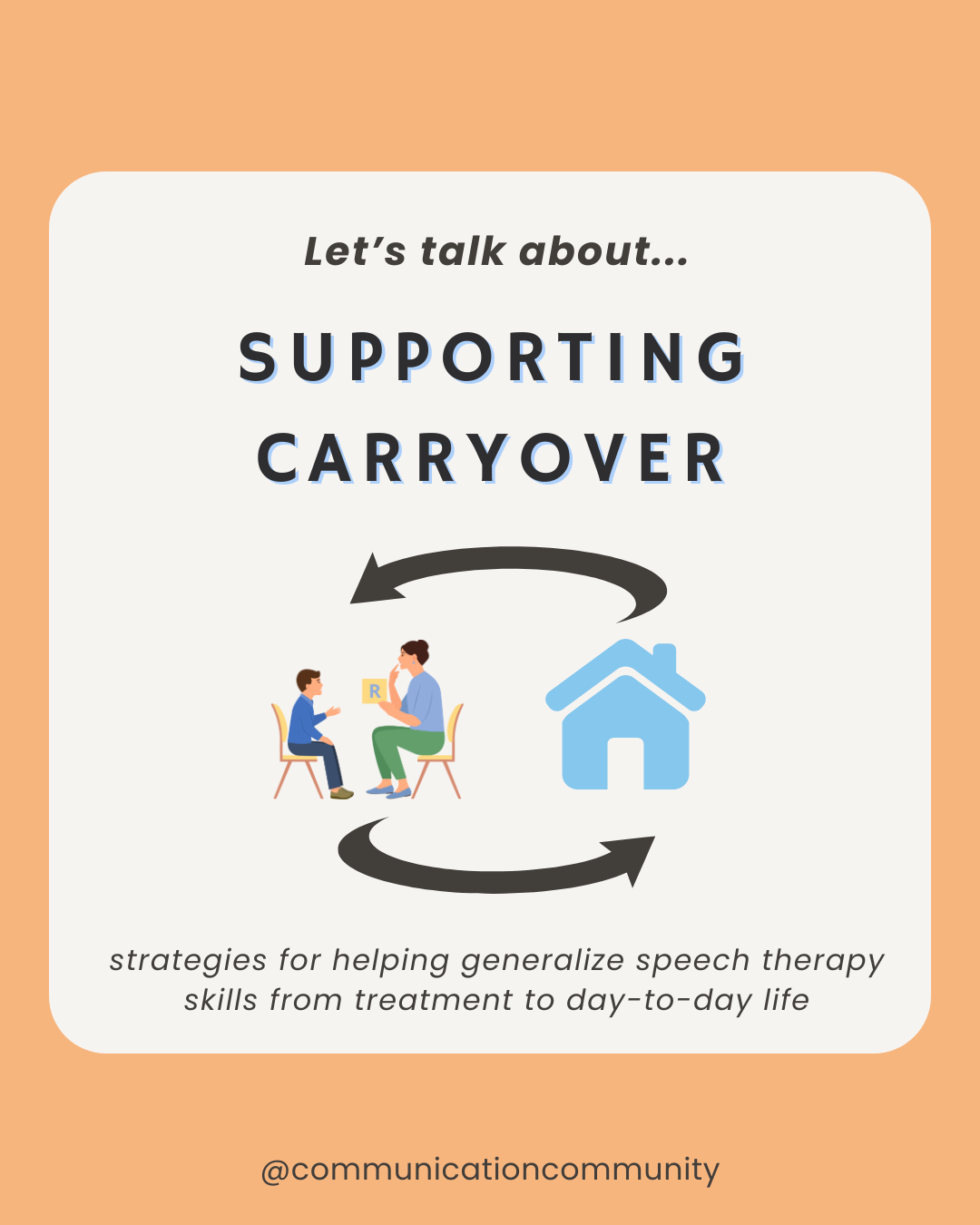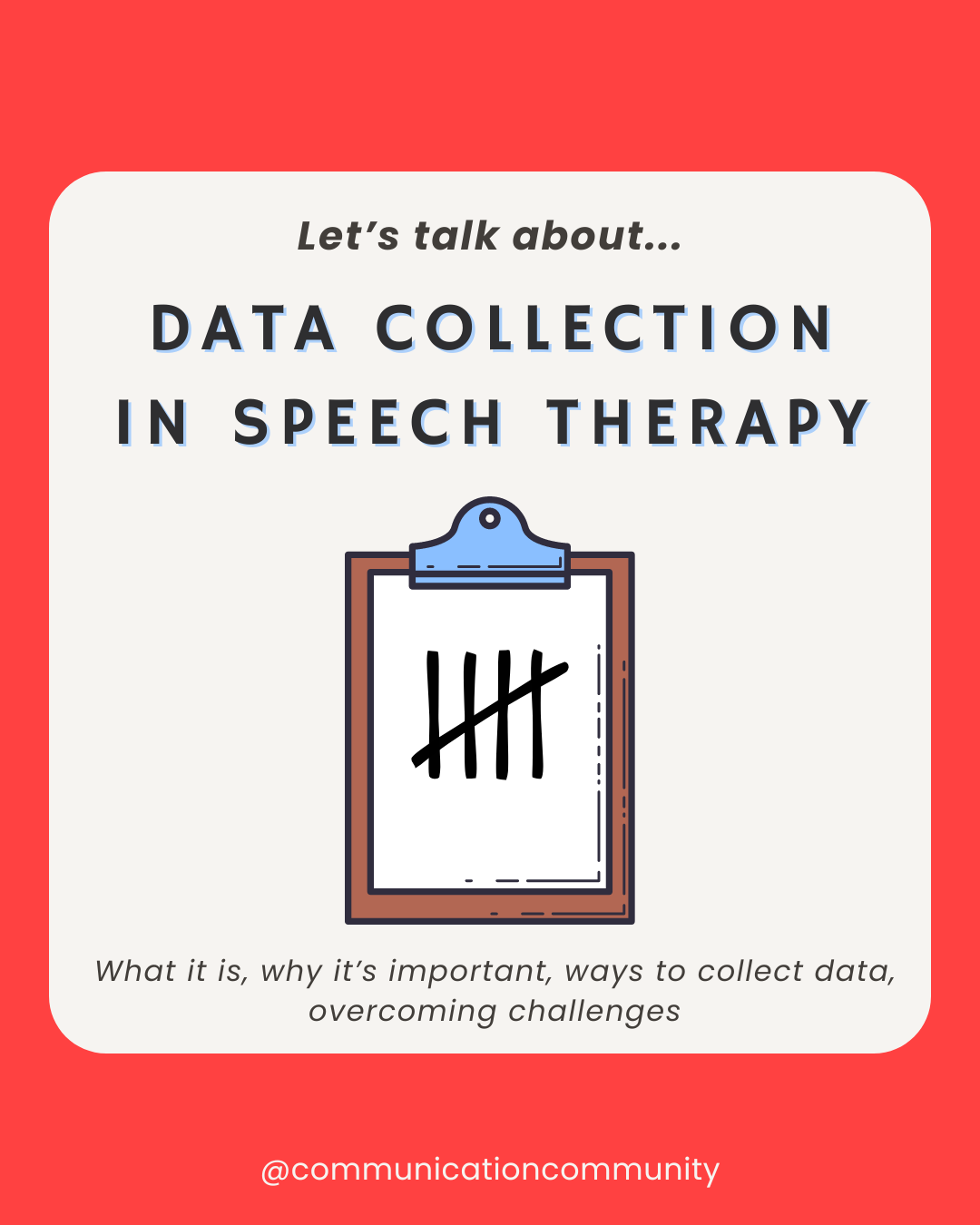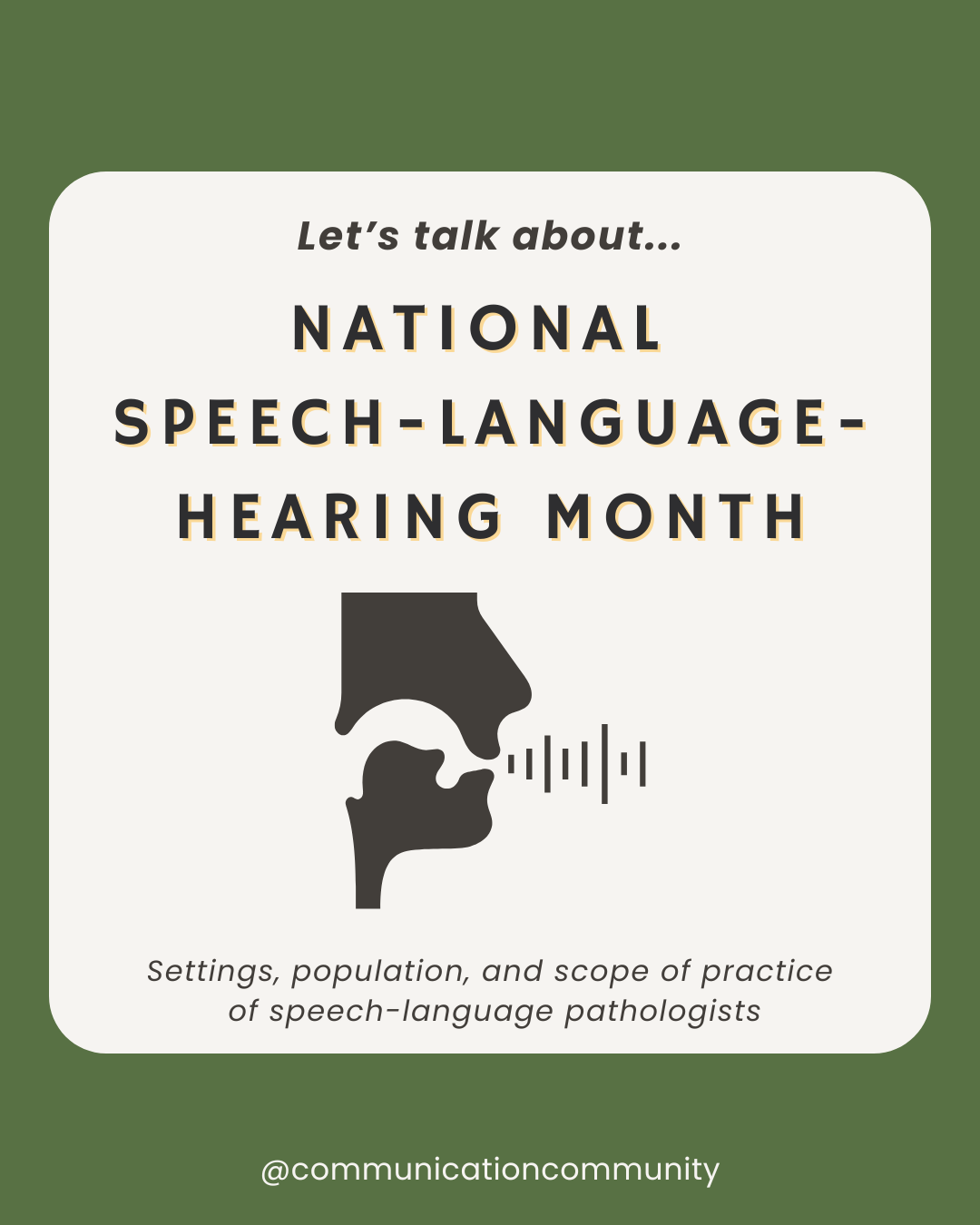Our comprehensive goal banks for school-aged language, AAC, Early Intervention & preschool, and fluency are available on our site or Teachers Pay Teachers store!
Save time creating goals with over THOUSANDS of possible goal combinations. Select your own combination of DO + CONDITION + CRITERION (and consistency) statements to develop personalized and measurable goals for your caseload.

Articulation delays/disorders are part of a larger group called speech sound disorders.
Speech sound disorders consist of articulation disorders (speech errors for certain sounds - motor level) and phonological disorders (pattern of speech errors - linguistic level). They are also known as functional speech disorders, as in, there is no known cause. You can read more about the differences between them in our Articulation vs. Phonology article.
In summary, articulation disorders relate to the motor aspects that contribute to a speech sound disorder; problems with speaking certain sounds, like /s/ or /r/. The presence of an articulation disorder can decrease a child’s intelligibility, or their ability to be understood by the person with whom they are speaking.
4 Types of Articulation Errors
Substitution: a sound is substituted for another sound. For example, saying the /w/ sound instead of the /r/ sound, such as “wabbit” instead of “rabbit”
Omission (deletion): a sound within a word is left out. For example, deleting the /s/ in “speech” and saying “peech”
Distortion: a sound produced does not sound like the natural sound within the word
Addition: a sound is added to a word. For example, saying “gahreen” for the color “green”
Usually, these types of errors are identified when the individual is younger in age, when speech sounds (phonemes) are beginning to develop. However, it is common to see a child present with one of these errors at a very young age and have it resolve on its own. If a child presents with an articulation disorder, meaning errors in speech are occurring past the average age of acquisition (see table below), intervention is typically warranted. The first step of effective intervention is creating goals, which we will talk about below.
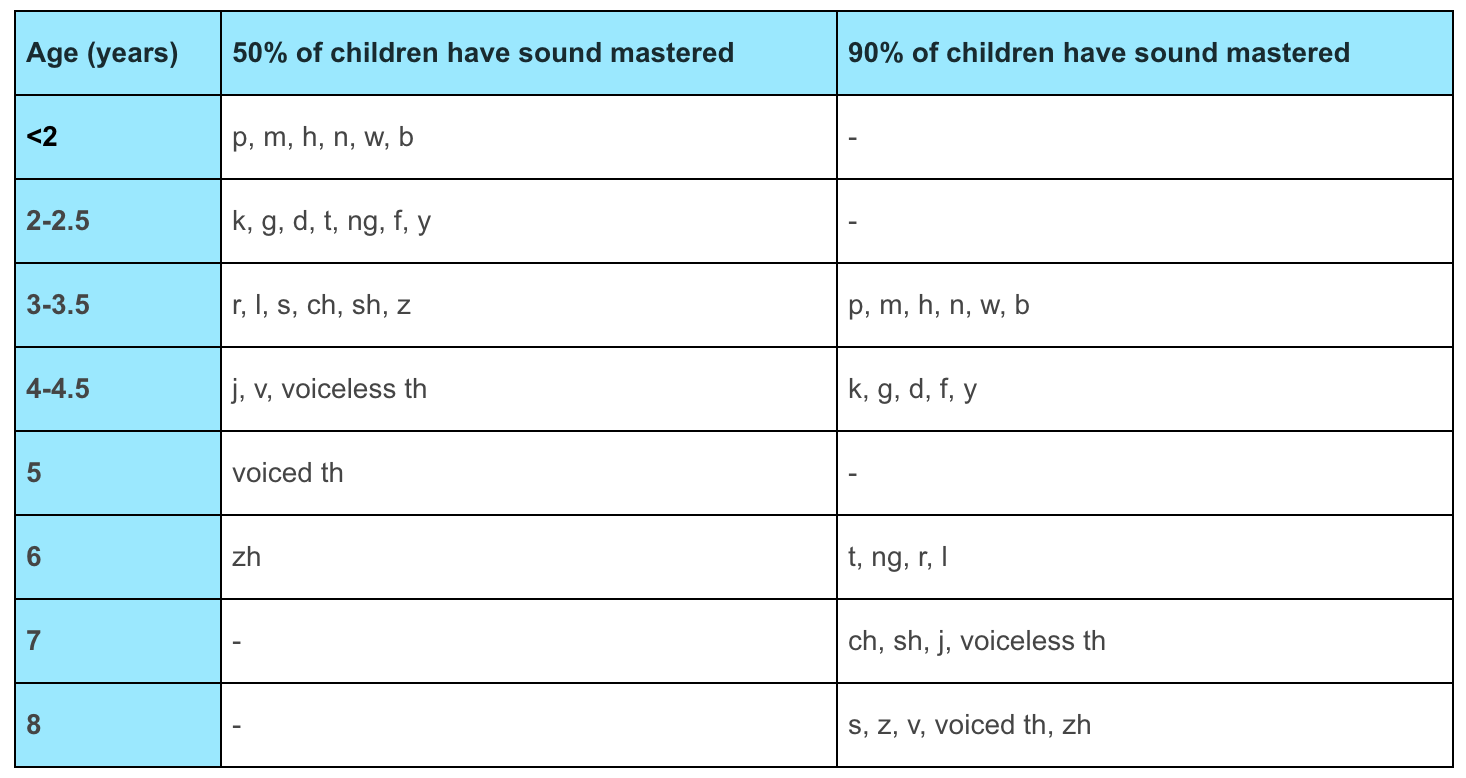
Depending on the results from the screener/evaluation, intervention (or speech therapy) will take an articulation approach, phonological approach, or sometimes a combination of the two. The goals below will focus on goals created following the articulation approach.
Writing Articulation Goals
Below you will find our Communication Community Goal Writing Formula that we use for writing all communication goals (e.g., receptive, expressive, pragmatic, etc.).
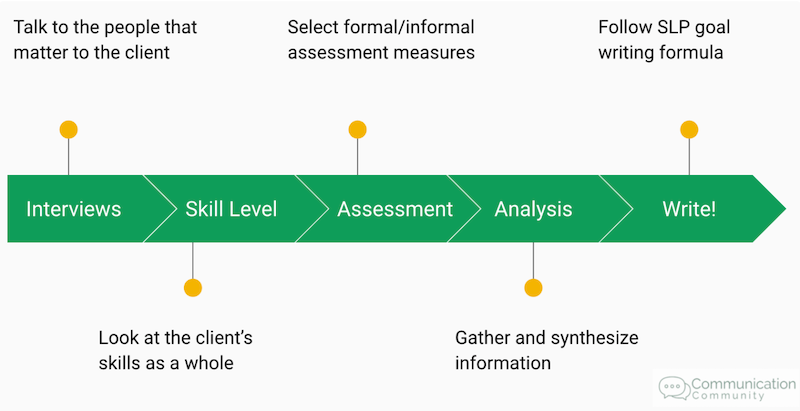
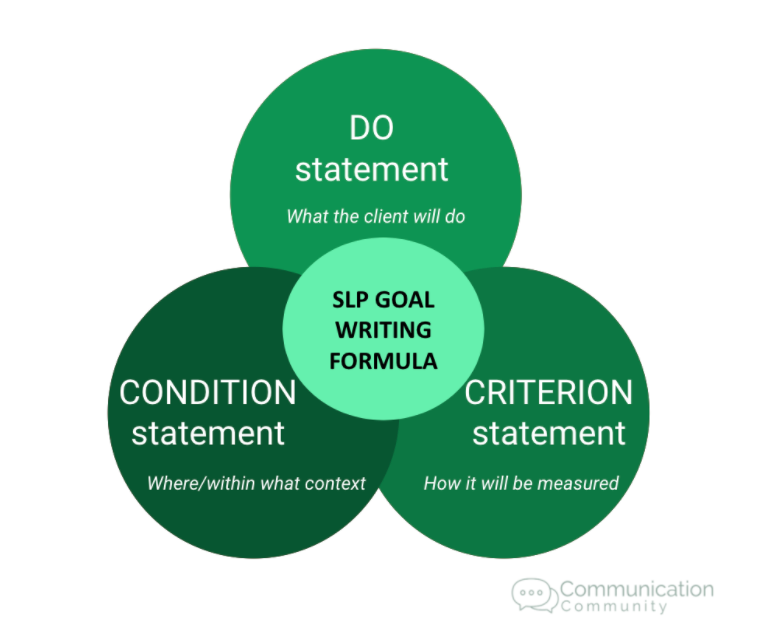
As seen above, speech goals should be written with 3* components in mind: the DO statement, the CONDITION statement, and the CRITERION statement.
*Also commonly included is consistency (we incorporate this!). Aka does the individual have to meet a specific criterion more than once? A common example of this may include across 3 consecutive sessions. This is usually something understood by the therapy organization/service provider and is sometimes/sometimes not included in the written goal itself. This is to ensure that the skill has been generalized (e.g. the child achieves 90% accuracy in 3 sessions, not just 1), and provides more reliable data that the skill has been properly mastered.
DO statement
What the client is actually going to DO and the specific skill they will be working towards.
Example: produce the /l/ phoneme in the initial position of words
CONDITION statement
The specific setting and/or context your client will work on this skill.
Example: at the word level
CRITERION statement
How the client’s performance will be measured.
Example: in 9 out of 10 trials
DO + CONDITION + CRITERION
Example: [Client] will produce the /l/ phoneme in the initial position of words, at the word level, in 9 out of 10 trials.
There you have it! An example using our Goal Writing Formula containing the DO + CONDITION + CRITERION (don’t forget to think about consistency!) for increasing articulation.
Articulation Goal Bank
It should be noted that when specific sounds are targeted, they typically follow the following hierarchical sequence: sound in isolation → sound within the initial position of words, final position of words, medial position of words → sound within short phrases → sound within sentences → sound within connected speech.
Specific Sounds
Example #1: [Client] will produce the __ phoneme in isolation, during various drill exercises, with 90% accuracy.
Example #2: [Client] will produce the __ phoneme in the final position of words, during structured tasks, in 9 out of 10 trials.
Example #3: [Client] will produce the __ phoneme within connected speech, during structured reading tasks, in 9 out of 10 opportunities.
Substitution
Example #1: [Client] will decrease substitutions (e.g., ___ ) when produced at the word level, during a variety of drill exercises, with 90% accuracy.
Example #2: [Client] will eliminate the substitution of __ phoneme for __ phoneme, when produced at the word level, during a structured activity, in 9 out of 10 trials.
Example #3: [Client] will reduce substitutions (e.g., ___ ) when produced within words in connected speech, during structured/unstructured tasks, in 9 out of 10 opportunities.
Omission (deletion)
Example #1: [Client] will decrease the omission of phonemes (e.g., ___ ) when produced at the word level, during a variety of drill exercises, with 90% accuracy.
Example #2: [Client] will eliminate the omission of __ phoneme within words, during a structured activity, in 9 out of 10 trials.
Example #3: [Client] will reduce the omission of phonemes (e.g., ___ ), when produced at the sentence level, in 9 out of 10 opportunities.
Distortion
Example #1: [Client] will produce CVC words (e.g., ___ ) free from distortions, within structured activities, with 90% accuracy.
Example #2: [Client] will decrease distortion of the phoneme __ in the initial position of words, within drill exercises, in 9 out 10 trials.
Example #3: [Client] will reduce distortion of the phoneme __ within words, during various articulation drills, in 9 out of 10 opportunities.
Addition
Example #1: [Client] will reduce the addition of phonemes (e.g., ___ ) at the word level, within drills, with 90% accuracy.
Example #2: [Client] will eliminate the addition of __ phoneme within various words (e.g., ___ ), during structured activities, in 9 out of 10 trials.
Example #3: [Client] will eliminate the addition of phonemes within connected speech, during naturally occurring conversations, in 9 out of 10 opportunities.
For some of the goals presented above, you may have noticed that you can mix and match some of the do, condition, and criterion statements as you see fit for your client. It is important to note that these goals serve as a reference and the results yielded from your assessment will guide you to make the specified goals necessary for your client/loved one to succeed.
Articulation, Phonology, and Apraxia Goal Bank + Resources Packet
If you liked this post...we have many more related goals! This is an easy-to-use, one-stop-shop packet for the treatment of speech sound disorders (articulation, phonological, & apraxia). Find a goal bank and pages of resources about treatment approaches, speech sound milestones, and more! Get it on Teachers Pay Teachers or on our site!

Check out our additional goal-related resources!
- How to Write Receptive Language Goals
- How to Write Expressive Language Goals
- How to Write Play Skills Goals
- How to Write AAC Goals
- How to Write Fluency Goals (Stuttering)
- How to Write Phonological Awareness Goals
Want to know how we prep ourselves for goal-writing (and more)?
These are some of our favorite resources for working:
- Clipboard with storage- we use ours ALL THE TIME!
- Some really nice pens - the feel of a pen that writes so well...priceless.
- Blue light glasses- for when excessive screen time is just...necessary
Happy writing!
This post contains some affiliate links and we may be (slightly) compensated if you use them, but all opinions are our own. We appreciate the support!
Citations/further resources:
https://www.asha.org/practice-portal/clinical-topics/articulation-and-phonology/#collapse_5

![How to Write Articulation Goals [with goal bank]](https://www.communicationcommunity.com/content/images/2022/06/Articulation-Goals.png)
